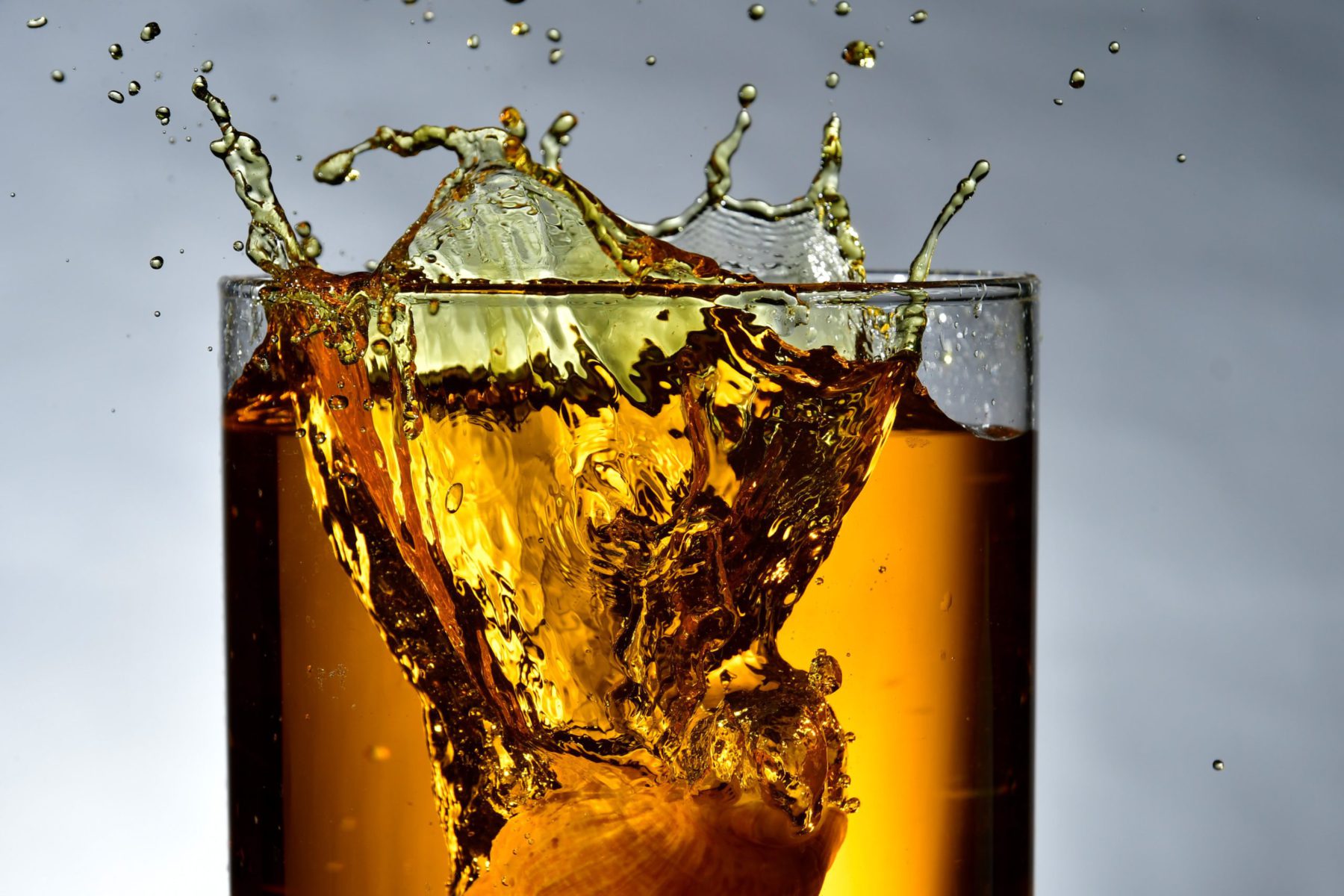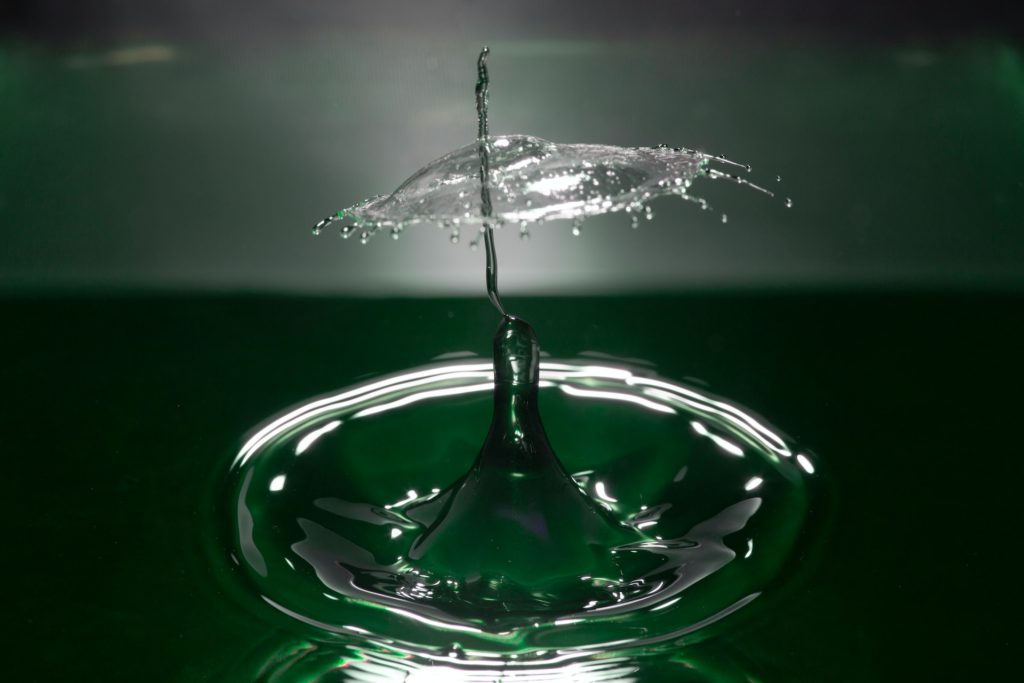What Is A Rheometer?
A rheometer (figure 1) is commonly found laboratory device, that measures the flows of liquids, suspension and slurries in response to an applied force. A rheometer is mainly used for fluids that cannot be defined by a single value of viscosity and need other constraints to be set and then measured.

What Are Rheometers Used For?
Rheometers are used in many diverse industries, production facilities, paper, mining, textiles etc. For example, a paper manufacturer might use a rheometer to monitor the flow of pulp during various stages of the production process (paper making).
Typically, rheometers are used in the paint, adhesives, ink, rubber and coating materials industries to monitor production processes. Those production processes may include PVA’s, printing inks, topcoat paints and rubber compounds etc. Reasons for using a rheometer in production are:
- To improve the quality of the resultant product
- To monitor production performance
- To isolate the key processes that contribute to the performance of the end product
- To carry out regression analysis to determine the quantity of the production factor or process needed to achieve optimum product performance
Why Are Rheometers Used In Production?
As is the case with many of the chemical processes in the industry, the performance of the product can only be maximized by controlling all the physical processes of production at the same time. This requires a means of monitoring the different parameters present during the production process so that adjustments to the process can be made when required.
Rheometers are an excellent tool for this purpose because they have the ability to measure the process variables associated with the process as a whole. These include the type of fluid, temperature conditions, stirring conditions, packaging conditions etc.
Some typical Rheometers and their uses:
Viscosity Rheometers
Viscosity rheometers are used to measure the viscosity of fluids for which a numerical value is required. A viscometer measures the viscosity of a fluid by applying a force to the fluid and measuring the time it takes for the fluid to travel a defined distance. A rheometer is the next stage up as the rheometer actually measures the force needed to apply to the fluid. Typically, viscosity rheometers are used in the cosmetics, food, ink and paint industries to monitor production process variables associated with viscosity. A rheometer is also used to compare the performance of products of different manufacturers
Viscosity rheometers have a simple operating principle. They are based on applying a known force to a control cylinder and measuring the force required to move the cylinder over a specific period of time. The material to be measured is positioned between the control and measuring cylinders and the force needed for it to flow is recorded.
Three-Point-Bucket Rheometers
Three-point-bucket rheometers are used to measure the viscosity and rheological behaviour of particulate materials over a long period of time. The three-point-bucket rheometer has three major components:
- A funnel, which enables the material to enter the rheometer
- A sample cell, in which the material is positioned
- A control cylinder, responsible for measuring the speed and force
The speed at which the material flows through the rheometer is dependent on the viscosity and the particle size of the material. The funnel opens as the material enters the rheometer, allowing the material to flow in a controlled flow similar to the flow of material through a pipe. The material flows into the sample cell, where it is regulated by a computer control mechanism.
The sample cell is shaped like a bucket, with the walls being so shaped that the material can fill as much of its capacity as possible without being channelled into a narrow stream. This is achieved by using a set of paddles behind the walls of the sample cell.
The rheometer is designed to account for the change in viscosity of the material as a function of time. The speed of the measuring cylinder is continuously adjusted to maintain a constant shear rate.
Double-Cone Spindle Rheometers (DCR)
A DCR rheometer is used to measure the viscosity and shear rate for liquids, suspensions and slurries. The basis of the DCR rheometer is the double-cone spindle and takes into account the attributes of the force-displacement curve. The sample is placed in a sample tube and control spindle which is then rotated at a constant velocity, proportional to that of the spindle that is recording the velocities. The spindle is able to move by the application of a voltage, which is proportional to the voltage applied to the spindle in pace with the speed of the rotation. Both rotations are synchronized so that the direction of rotation of the spindle and spindle is the same and the viscometer is able to measure precisely the molecular structure of the sample.
Two-Phase Rheometers (TPR)
Two-phase rheometers (TPR) are used to measure the viscosity and shear rate for polymer melts, molten metals, plastisol, carbon-carbon and urethane, and polyurethane matrices. Two-phase rheometers make it possible for both phases to flow at the same time, making it possible for the relationship between the two phases to be examined.
For two-phase systems, the polymer melts or liquid material is placed between two-solid rotating discs, and these discs are rotated at a constant velocity, and voltage is applied to the discs. The material will rotate faster with a progressively decreasing voltage.
Rheometers used for slurry measurement are available in various configurations. Some are designed to supply a slurry directly into a motor-driven spindle, while others require the slurry to be pumped into a reduction chamber, which then provides the slurry to the machine.
Other Types Of Rheometers And Their Uses
| Types | Uses |
|---|---|
| Adhesive Rheometers | Used for adhesives, uncured resins, paint, lacquer, glues etc |
| Soap Rheometers | Used in soap manufacturing |
Dry Rheometers | Newly developed rheometer for non-liquids |
| Water Rheometers | Used in water treatment, paper production and chemical production. |

Hassan graduated with a Master’s degree in Chemical Engineering from the University of Chester (UK). He currently works as a design engineering consultant for one of the largest engineering firms in the world along with being an associate member of the Institute of Chemical Engineers (IChemE).


